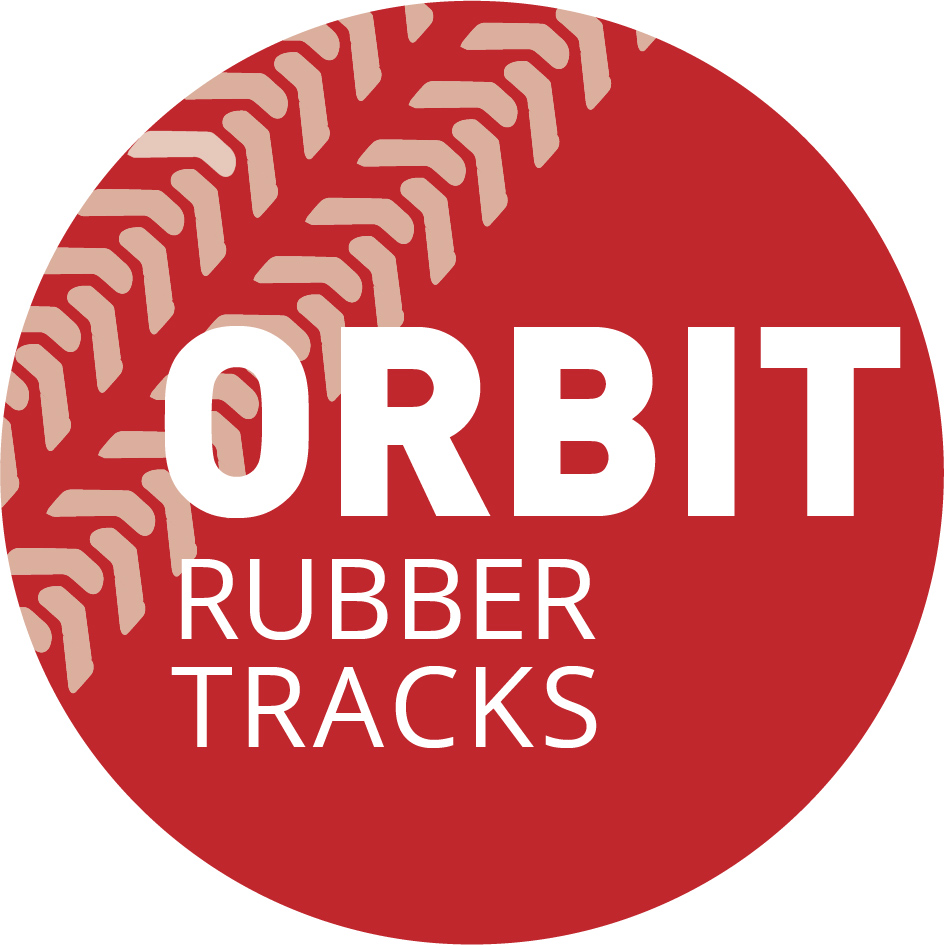When users access data sets from their storage devices it is important to present them with a clear view of the file’s most crucial characteristics. This is particularly true for storage devices with unique features, like molecular storage media and upcoming novel media that are still in development. The ideal user interface permits the user to visualize the properties of the media using a variety of visual methods and display them in the order of importance to the user.
For instance, the capacity property is usually one of the most important to users who are using the traditional hard disk drive. Early systems included tools that provided detailed information about the storage device. But, they focused mostly on displaying its complete capacity by using bar graphs that were stacked and their variants (e.g. doughnut charts).
Modern systems provide the user with a variety of properties, including the file’s capacity. Some systems, for example, display the file’s lifetime using a graph, or a pie chart which also shows the number of segments accessible in the storage device. Additional information, like the probability of a lifetime will be displayed when a user hovers over the stacks.
IT teams are now required to work with departments and users to offer more efficient data storage as well as faster, secure access to the correct data sets for new projects and ideas. This change demands IT departments to focus less on the acquisition of technology configuration, budget and management and more on empowering the users to take care of their needs.

